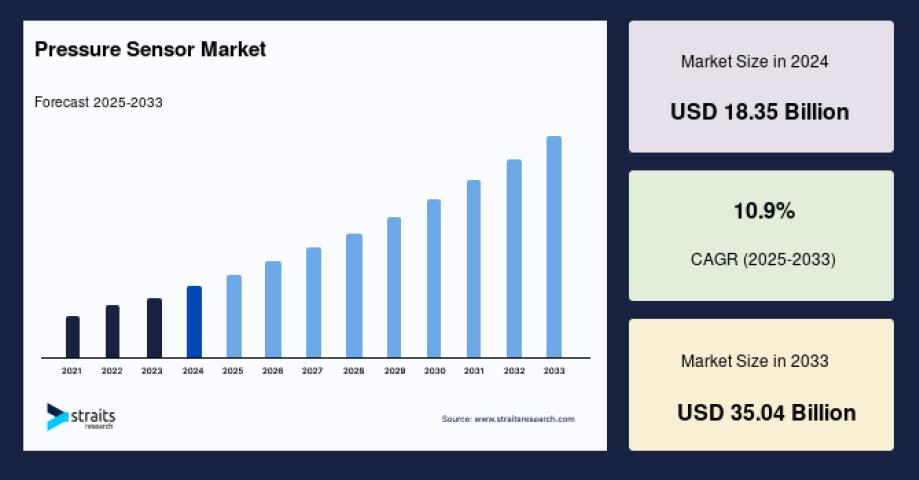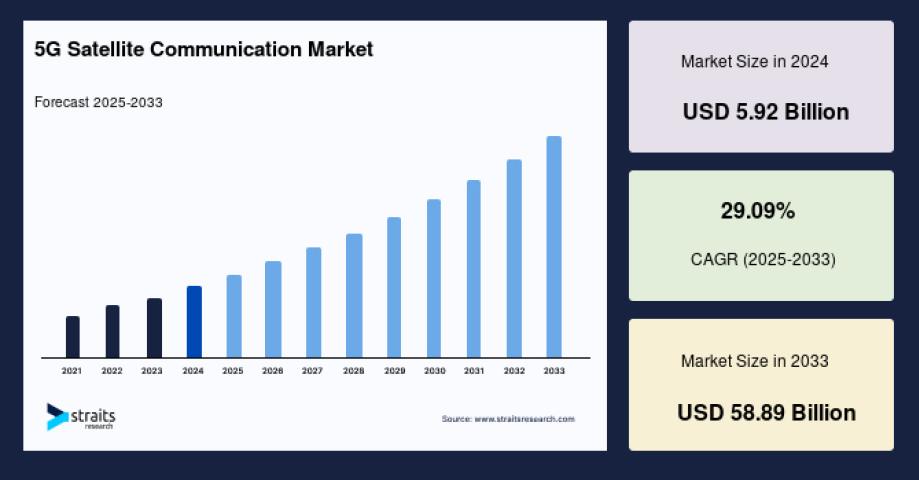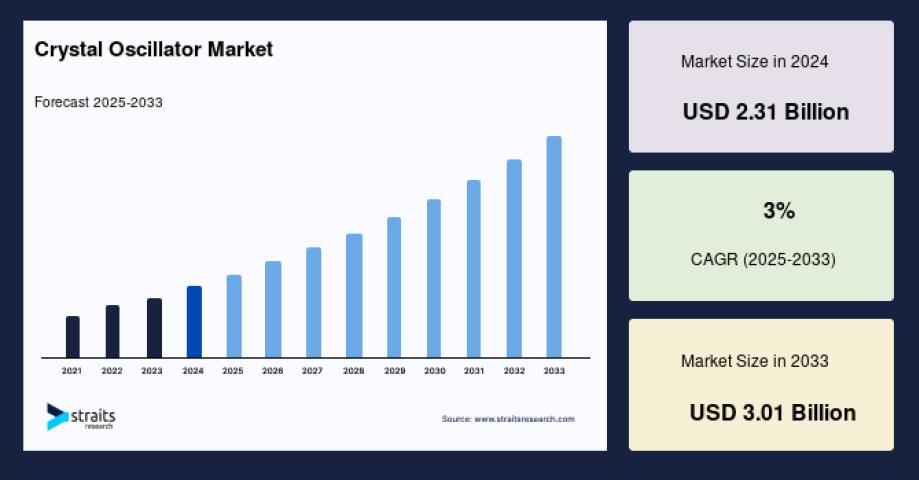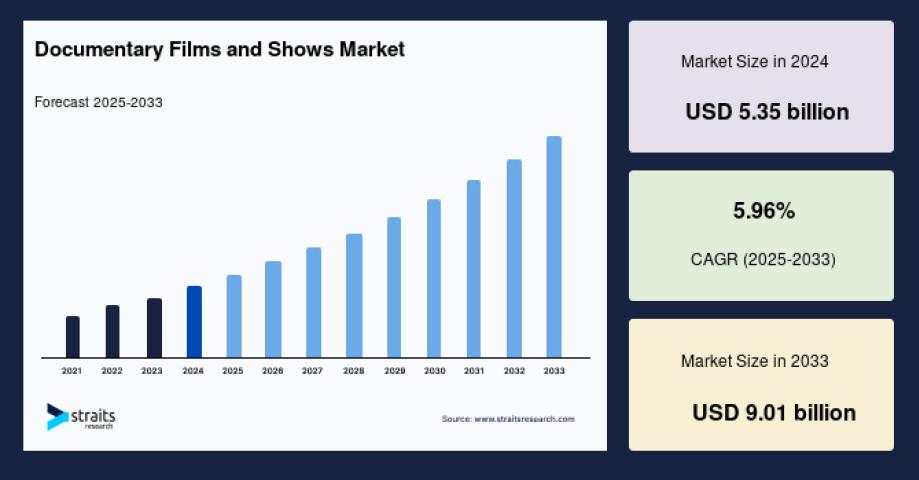The global food service market is undergoing a transformative phase, driven by evolving consumer preferences, technological advancements, and a heightened focus on sustainability. As per the latest data from Kings Research, THE global Food Service Market size was valued at USD 5,461.17 billion in 2022 and is projected to reach a valuation of USD 6,791.31 billion by 2030, growing at a CAGR of 2.82% from 2023 to 2030. The global market has experienced significant growth owing to the rise in disposable income among consumers. In the scope of work, the report includes solutions offered by companies such as Amoy Food Limited, Aramark Corporation, Compass Group PLC, Darden Concepts, Inc., Domino’s IP Holder LLC, Mitchells & Butlers, and Others.
Trends Driving Market Growth
Several trends are influencing the food service market, reshaping how consumers approach dining and food consumption. One of the most significant trends is the growing preference for convenience. Consumers are increasingly seeking quick and accessible meal options that fit into their fast-paced life>
Another key trend is the rising demand for healthier and more sustainable food options. Consumers are becoming more health-conscious and are looking for meals that are not only convenient but also nutritious. This trend has encouraged food service operators to incorporate healthier ingredients, offer plant-based menu options, and prioritize sustainability in their sourcing practices. The emphasis on transparency regarding food sourcing and preparation has also gained traction, with consumers wanting to know where their food comes from and how it is prepared.
Moreover, technology is playing a pivotal role in the food service market. The integration of digital solutions, such as mobile ordering apps, contactless payments, and online reservations, is transforming the customer experience. These innovations not only enhance convenience but also streamline operations for food service providers, allowing them to serve customers more efficiently.
Demand Dynamics
The demand for food service offerings is primarily driven by changing consumer life>
Additionally, the COVID-19 pandemic significantly impacted consumer behavior, with many individuals developing new eating habits and preferences. The rise in remote working has led to an increased demand for food delivery services and meal kits, as consumers look for convenient dining solutions while spending more time at home. This shift in consumer behavior is expected to persist, with a growing preference for home delivery and takeout options even as restaurants reopen.
Furthermore, the rising disposable income levels in emerging markets are contributing to the growth of the food service sector. As consumers gain more purchasing power, they are willing to spend more on dining out and experiencing diverse cuisines. This trend is particularly pronounced in countries with burgeoning middle-class populations, where the food service market is expected to flourish.
Future Outlook
The future of the food service market looks promising, with several factors expected to drive continued growth. The ongoing evolution of consumer preferences towards convenience, health, and sustainability will continue to shape the landscape of the food service industry. As consumers increasingly seek unique dining experiences and healthier options, food service providers will need to adapt their offerings to meet these demands.
Technological advancements will also play a crucial role in shaping the future of the food service market. The continued integration of digital solutions, such as artificial intelligence and data analytics, will enable operators to better understand consumer preferences and optimize their operations. For instance, predictive analytics can help food service providers anticipate demand patterns and adjust inventory levels accordingly, reducing waste and improving efficiency.
Moreover, the focus on sustainability and environmental responsibility will become even more pronounced in the coming years. Food service providers that prioritize sustainable sourcing practices, reduce food waste, and implement eco-friendly packaging solutions will likely gain a competitive edge in the market. As consumers increasingly align their purchasing decisions with their values, companies that demonstrate a commitment to sustainability will be well-positioned for success.
Market Segmentation
The food service market can be segmented based on type, application, and region.
By Type
Full-Service Restaurants: This segment includes dine-in restaurants that offer a wide range of menu options and a full dining experience. Full-service restaurants are witnessing steady demand as consumers seek unique dining experiences and are willing to spend on quality meals.
Quick Service Restaurants (QSR): QSRs, commonly known as fast-food restaurants, are characterized by their speed and convenience. This segment continues to thrive, driven by the increasing demand for quick and affordable meal options.
Cafes and Coffee Shops: Cafes and coffee shops have gained popularity as social spaces where consumers can enjoy beverages, snacks, and light meals. The growing trend of remote working has also contributed to increased foot traffic in these establishments.
Catering Services: Catering services cater to various events and occasions, from corporate meetings to weddings. The demand for catering services is expected to rise as businesses and individuals increasingly seek professional food service for their events.
Institutional Food Services: This segment includes food service providers in schools, hospitals, and other institutions. The growing emphasis on nutrition and food quality in institutional settings is driving demand for specialized food service providers.
By Application
Online Food Delivery: The online food delivery segment has experienced exponential growth, driven by the increasing reliance on technology for convenient dining solutions. The rise of food delivery platforms and mobile apps has transformed the way consumers order food.
In-House Dining: In-house dining refers to traditional dining experiences within restaurants. Despite the growth of delivery services, in-house dining remains popular, particularly as consumers seek social interactions and unique dining experiences.
Takeout Services: Takeout services have gained traction, allowing consumers to enjoy restaurant-quality meals at home. This segment is expected to grow as more food service providers offer takeout options in response to changing consumer preferences.
By Region
North America: North America is one of the largest markets for food service, driven by a diverse range of dining options and a strong culture of eating out. The U.S. is the dominant player in this region, with a wide variety of restaurants and food service establishments catering to diverse consumer preferences.
Europe: Europe is home to a rich culinary heritage, and the food service market is characterized by a diverse array of cuisines. Countries such as France, Italy, and Spain are known for their dining experiences, and the region is witnessing a growing trend towards sustainability and local sourcing in food service.
Asia-Pacific: The Asia-Pacific region is experiencing rapid growth in the food service market, driven by rising disposable incomes and changing consumer life>
Latin America: Latin America is an emerging market for food service, with increasing urbanization and a growing population leading to rising demand for dining options. Countries such as Brazil and Mexico are seeing a surge in food service establishments, catering to diverse consumer preferences.
Middle East & Africa: The Middle East and Africa are experiencing growth in the food service market, driven by changing consumer habits and increasing tourism. The region is seeing a rise in international food chains and local dining establishments, catering to both residents and tourists.
Competitive Landscape
The food service market is highly competitive, with a diverse range of players operating across various segments. Key players in the market include:
McDonald's Corporation: As one of the largest fast-food chains globally, McDonald's continues to dominate the quick service restaurant segment. The company is known for its innovative menu offerings and aggressive marketing strategies.
Starbucks Corporation: Starbucks is a leading player in the cafe and coffee shop segment, known for its premium coffee and unique customer experiences. The company has successfully expanded its footprint globally, catering to the growing demand for specialty coffee.
Restaurant Brands International: This company operates several well-known brands, including Burger King and Tim Hortons. With a focus on growth and innovation, Restaurant Brands International is actively expanding its presence in various markets.
Yum! Brands: Yum! Brands is the parent company of several popular fast-food chains, including Taco Bell, KFC, and Pizza Hut. The company is leveraging technology to enhance customer engagement and improve operational efficiency.
Compass Group: As a leading provider of catering and food service management, Compass Group operates in various sectors, including education, healthcare, and business. The company's commitment to sustainability and innovation has positioned it as a key player in the institutional food service market.
The competitive landscape is marked by a growing trend towards collaboration and partnerships, with companies increasingly exploring strategic alliances to enhance their service offerings and reach new customer segments. Additionally, the emergence of food delivery platforms and meal kit services is introducing new competition, driving innovation and adaptation among traditional food service providers.
Recent Developments
Recent developments in the food service market highlight the industry's response to changing consumer preferences and market dynamics. One significant trend is the increased focus on sustainability and environmental responsibility. Many food service providers are adopting eco-friendly practices, such as reducing food waste, sourcing ingredients locally, and implementing sustainable packaging solutions. This shift towards sustainability is not only beneficial for the environment but also resonates with consumers who prioritize ethical dining choices.
Moreover, technological advancements continue to shape the food service landscape. The rise of mobile ordering apps, online reservations, and contactless payment options has transformed the customer experience, making dining out more convenient and efficient. Restaurants are leveraging data analytics to gain insights into consumer preferences and optimize their operations, leading to improved customer satisfaction and loyalty.
For More Details about the Report- https://www.kingsresearch.com/food-service-market-3













